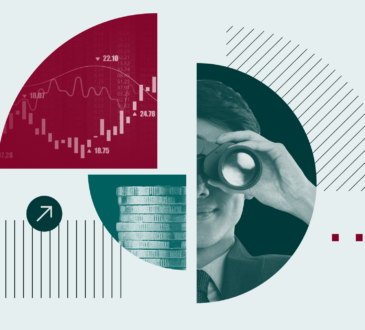The bond market is caught in a tug-of-war between pro-growth stimulus and inflationary pressures, leaving investors with few clear signals and rising long-term yields.
“We have policies that on the one hand will boost growth like expansive fiscal stimulus,” Kathy Jones, chief fixed income strategist at Charles Schwab, told Yahoo Finance. “Then we have some that will slow growth, like tariffs. … So the bond market is just caught in the middle.”
Long-term Treasury yields have climbed in recent weeks, driven by concerns over the US fiscal trajectory as President Trump’s sweeping tax legislation, estimated to add $4 trillion to the national debt over the next decade, heads to the Senate after clearing the House. Trump has vowed to sign the bill into law by July 4.
“We haven’t seen this for decades,” Jones said, pointing to the recent bond market moves as a reflection of “a lot of worries and uncertainty.”
“I’ve been doing this a long time,” she added. “And we haven’t worried about the 30-year for a very long time.”
While short-term yields have stayed relatively steady amid expectations that the Fed will keep interest rates unchanged, longer-term yields have climbed more sharply as investors demand greater compensation for mounting deficits and heightened policy risks.
Historically, deficits have had little impact on Treasury yields, largely due to the US’s economic dominance and its role as issuer of the world’s reserve currency. But that dynamic may be shifting.
“It feels like we’re hitting an inflection point,” Jones said, warning that markets are demanding a greater risk premium from Washington.
Adding to the pressure, provisions in the proposed legislation, such as the Section 899 clause, could raise the cost of holding US assets for foreign investors. Jones warns this may undermine a vital source of demand for Treasurys.
“Anything that discourages foreign investment in any way, shape or form, whether it’s direct investment or through financial instruments, is going to be negative,” she said. “We run a large current account deficit. We need that capital inflow. And if we’re not getting it, that’s going to depress our economy, which means that yields have to rise to a level where foreign investors find them attractive.”
Layer in uncertainty around tariffs and inflation, and the fixed-income landscape becomes even more difficult to navigate. For now, Jones is steering investors toward the intermediate part of the yield curve, where there’s “a lot less volatility and risk.

